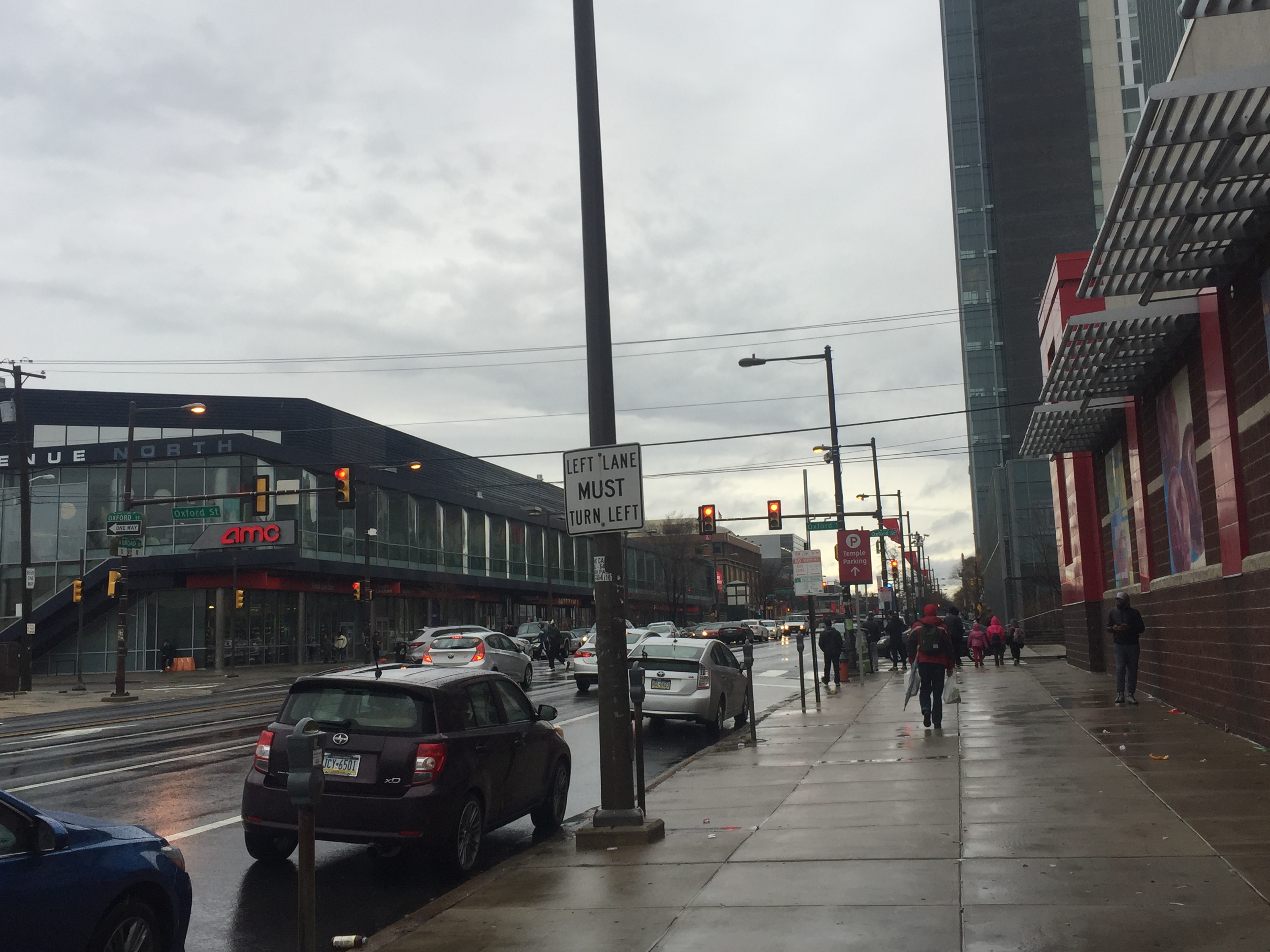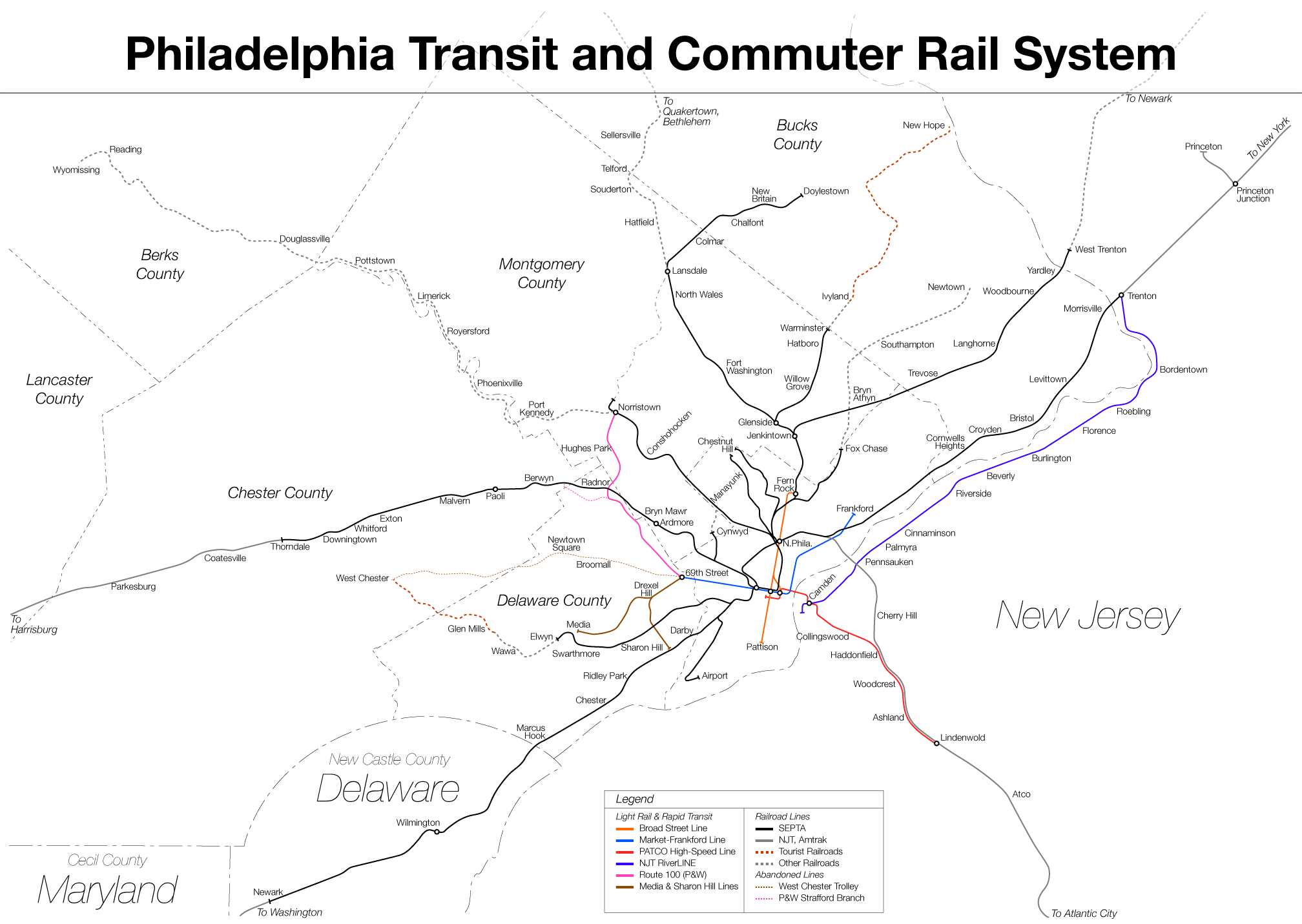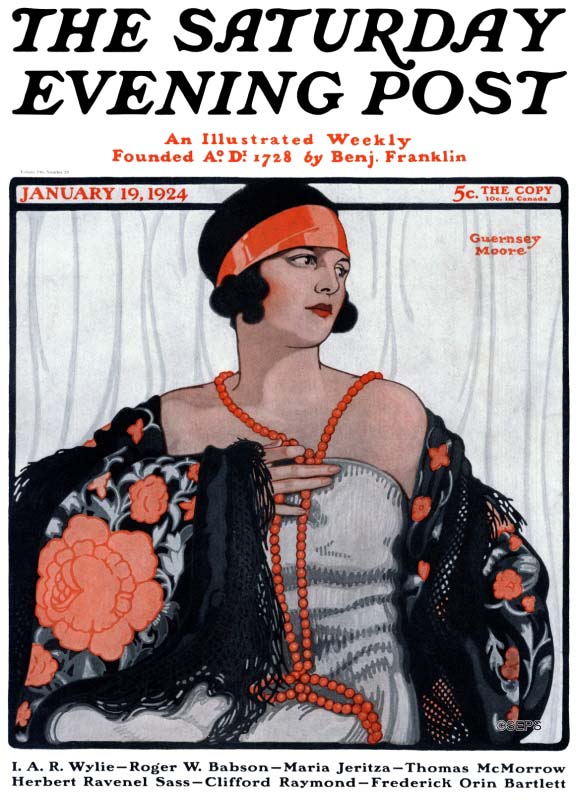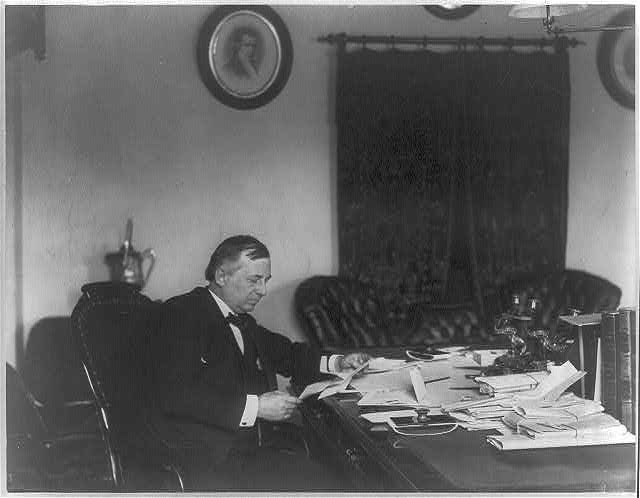|
Washington Avenue (Philadelphia)
Washington Avenue Historic District, or Washington Avenue Factory District, is a national historic district located in the Hawthorne and Bella Vista neighborhoods of South Philadelphia, Pennsylvania. It comprises the remaining four blocks of one of the last industrial neighborhoods in Philadelphia, and encompasses eight contributing buildings built between 1889 and 1927: ''Note:'' This includes * 1001 Washington Avenue: C. J . Milne Factory * 1101 Washington Avenue: Curtis Publishing Company * 1135 Washington Avenue: American Cigar Company * 1201 Washington Avenue: John Wyeth Chemical Works * 1301 Washington Avenue: National Licorice Company * 1001 S. Broad Street: John Wanamaker Clothing Factory * 1200 Carpenter Street: John Williams and Company * 1217-37 Carpenter Street: Main Belting Company It was added to the National Register of Historic Places in 1984. History Washington Avenue was a district of manufacturing plants and factories that was also known as the "workshop ... [...More Info...] [...Related Items...] OR: [Wikipedia] [Google] [Baidu] |
Broad Street (Philadelphia)
upright=1.2, The Northern terminus of Broad Street on the border of Philadelphia and Cheltenham Township Broad Street is a major arterial street in Philadelphia, Pennsylvania. The street runs for approximately , beginning at the intersection of Cheltenham Avenue on the border of Cheltenham Township and the West/ East Oak Lane neighborhoods of North Philadelphia to the Philadelphia Navy Yard in South Philadelphia. It is Pennsylvania Route 611 along its entire length with the exception of its northernmost part between Old York Road and Pennsylvania Route 309 (Cheltenham Avenue) and the southernmost part south of Interstate 95. Broad Street runs along a north–south axis between 13th Street and 15th Street, containing what would otherwise be known as 14th Street in the Philadelphia grid plan. It is interrupted by Philadelphia City Hall, which stands where Broad and Market Street would intersect in the center of the city. The streets of Penn Square, Juniper Stree ... [...More Info...] [...Related Items...] OR: [Wikipedia] [Google] [Baidu] |
Philadelphia, Wilmington And Baltimore Railroad
The Philadelphia, Wilmington and Baltimore Railroad (PW&B) was an American railroad that operated independently from 1836 to 1881. It was formed in 1836 by the merger of four state-chartered railroads in three Middle Atlantic states to create a single line between Philadelphia and Baltimore. In 1881, the PW&B was purchased by the Pennsylvania Railroad (PRR), which was at the time the nation's largest railroad. In 1902, the PRR merged it into its Philadelphia, Baltimore and Washington Railroad. The right-of-way laid down by the PW&B line is still in use today as part of Amtrak's Northeast Corridor and the Maryland Department of Transportation's MARC commuter passenger system from Baltimore to Maryland's northeast corner. Freight is hauled on the route; formerly by the Conrail system and currently by Norfolk Southern. History Origins On April 2, 1831, the General Assembly of Pennsylvania, seeking to improve transportation between Philadelphia and points south along the Atla ... [...More Info...] [...Related Items...] OR: [Wikipedia] [Google] [Baidu] |
Industrial Buildings And Structures On The National Register Of Historic Places In Philadelphia
Industrial may refer to: Industry * Industrial archaeology, the study of the history of the industry * Industrial engineering, engineering dealing with the optimization of complex industrial processes or systems * Industrial city, a city dominated by one or more industries * Industrial loan company, a financial institution in the United States that lends money, and may be owned by non-financial institutions * Industrial organization, a field that builds on the theory of the firm by examining the structure and boundaries between firms and markets * Industrial Revolution, the development of industry in the 18th and 19th centuries * Industrial society, a society that has undergone industrialization * Industrial technology, a broad field that includes designing, building, optimizing, managing and operating industrial equipment, and predesignated as acceptable for industrial uses, like factories * Industrial video, a video that targets “industry” as its primary audience * Industr ... [...More Info...] [...Related Items...] OR: [Wikipedia] [Google] [Baidu] |
Historic Districts In Philadelphia
History (derived ) is the systematic study and the documentation of the human activity. The time period of event before the invention of writing systems is considered prehistory. "History" is an umbrella term comprising past events as well as the memory, discovery, collection, organization, presentation, and interpretation of these events. Historians seek knowledge of the past using historical sources such as written documents, oral accounts, art and material artifacts, and ecological markers. History is not complete and still has debatable mysteries. History is also an academic discipline which uses narrative to describe, examine, question, and analyze past events, and investigate their patterns of cause and effect. Historians often debate which narrative best explains an event, as well as the significance of different causes and effects. Historians also debate the nature of history as an end in itself, as well as its usefulness to give perspective on the problems of the p ... [...More Info...] [...Related Items...] OR: [Wikipedia] [Google] [Baidu] |
Broad Street Line
The Broad Street Line (BSL), also known as the Broad Street subway (BSS), Orange Line, or Broad Line, is a subway line owned by the city of Philadelphia and operated by the Southeastern Pennsylvania Transportation Authority (SEPTA). The line runs primarily north-south from the Fern Rock Transportation Center in North Philadelphia through Center City Philadelphia to NRG station at Pattison Avenue in South Philadelphia; the latter station provides access to the stadiums and arenas for the city's major professional sports teams at the South Philadelphia Sports Complex, about a quarter mile away. It is named for Broad Street, under which the line runs for almost its entire length. The line, which is entirely underground except for the northern terminus at Fern Rock, has four tracks in a local/express configuration from Fern Rock to Walnut-Locust and two tracks from Lombard-South to the southern terminus at NRG station. It is one of only two rapid transit lines in the SEPTA ... [...More Info...] [...Related Items...] OR: [Wikipedia] [Google] [Baidu] |
SEPTA City Transit Division Surface Routes
The City Transit Division of the Southeastern Pennsylvania Transportation Authority (SEPTA) operate almost all of Philadelphia's public transit, including all six trolley, three trackless trolley, and 70 bus lines within city limits. Some of the bordering municipalities are served by the City Transit division, despite not being part of the city. For example, Cheltenham Township has 13 city division routes and no Suburban Division ones. The City Transit division also operates the 400 Series routes which are designed to serve students attending schools in the city of Philadelphia. The City Transit Division is broken down into seven districts (Allegheny, Callowhill, Comly, Elmwood, Frankford, Midvale, and Southern) and Contract Operations. __TOC__ History Transit in Philadelphia began with multiple independent horse car, cable, and traction companies, including the privately established entities: Philadelphia Passenger Railway Company, the Thirteenth & Fifteenth Street Passeng ... [...More Info...] [...Related Items...] OR: [Wikipedia] [Google] [Baidu] |
SEPTA
The Southeastern Pennsylvania Transportation Authority (SEPTA) is a regional public transportation authority that operates bus, rapid transit, commuter rail, light rail, and electric trolleybus services for nearly 4 million people in five counties in and around Philadelphia, Pennsylvania. It also manages projects that maintain, replace and expand its infrastructure, facilities and vehicles. SEPTA is the major transit provider for Philadelphia and the counties of Delaware, Montgomery, Bucks, and Chester. It is a state-created authority, with the majority of its board appointed by the five Pennsylvania counties it serves. While several SEPTA commuter rail lines terminate in the nearby states of Delaware and New Jersey, additional service to Philadelphia from those states is provided by other agencies: the PATCO Speedline from Camden County, New Jersey is run by the Delaware River Port Authority, a bi-state agency; NJ Transit operates many bus lines and a commuter rail ... [...More Info...] [...Related Items...] OR: [Wikipedia] [Google] [Baidu] |
Saturday Evening Post
''The Saturday Evening Post'' is an American magazine, currently published six times a year. It was issued weekly under this title from 1897 until 1963, then every two weeks until 1969. From the 1920s to the 1960s, it was one of the most widely circulated and influential magazines within the American middle class, with fiction, non-fiction, cartoons and features that reached two million homes every week. The magazine declined in readership through the 1960s, and in 1969 ''The Saturday Evening Post'' folded for two years before being revived as a quarterly publication with an emphasis on medical articles in 1971. As of the late 2000s, ''The Saturday Evening Post'' is published six times a year by the Saturday Evening Post Society, which purchased the magazine in 1982. The magazine was redesigned in 2013. History Rise ''The Saturday Evening Post'' was first published in 1821 in the same printing shop at 53 Market Street in Philadelphia where the Benjamin Franklin-founded ''Pennsy ... [...More Info...] [...Related Items...] OR: [Wikipedia] [Google] [Baidu] |
Ladies Home Journal
''Ladies' Home Journal'' was an American magazine last published by the Meredith Corporation. It was first published on February 16, 1883, and eventually became one of the leading women's magazines of the 20th century in the United States. In 1891, it was published in Philadelphia by the Curtis Publishing Company. In 1903, it was the first American magazine to reach one million subscribers. In the late 20th century, changing tastes and competition from television caused it to lose circulation. Sales of the magazine declined as the publishing company struggled. On April 24, 2014, Meredith announced it would stop publishing the magazine as a monthly with the July issue, stating it was "transitioning ''Ladies' Home Journal'' to a special interest publication". It was then available quarterly on newsstands only, though its website remained in operation. The last issue was published in 2016. ''Ladies' Home Journal'' was one of the Seven Sisters, as a group of women's service magaz ... [...More Info...] [...Related Items...] OR: [Wikipedia] [Google] [Baidu] |
John Wanamaker
John Wanamaker (July 11, 1838December 12, 1922) was an American merchant and religious, civic and political figure, considered by some to be a proponent of advertising and a "pioneer in marketing". He was born in Philadelphia, Pennsylvania, and served as U.S. Postmaster General during the term of U.S. President Benjamin Harrison from 1889 to 1893. Early life and family Wanamaker was born on July 11, 1838, in a then-rural, unincorporated area that would in time come to be known as the Grays Ferry neighborhood of South Philadelphia. His parents were John Nelson Wanamaker, a brickmaker and native of Kingwood, New Jersey, and Elizabeth Deshong Kochersperger, daughter of a farmer and innkeeper at Gray's Ferry. Her ancestors came from Rittershoffen in Alsace, France, and from Canton of Bern in Switzerland. At the age of 19 he was hired by the Philadelphia YMCA, he was the first corresponding secretary in the YMCA movement. In 1860 John Wanamaker married Mary Erringer Brown (1 ... [...More Info...] [...Related Items...] OR: [Wikipedia] [Google] [Baidu] |
1001 S Broad St Philadelphia PA John Wanamaker Clothing Factory Washington Avenue Historic District
1 (one, unit, unity) is a number representing a single or the only entity. 1 is also a numerical digit and represents a single unit of counting or measurement. For example, a line segment of ''unit length'' is a line segment of length 1. In conventions of sign where zero is considered neither positive nor negative, 1 is the first and smallest positive integer. It is also sometimes considered the first of the infinite sequence of natural numbers, followed by 2, although by other definitions 1 is the second natural number, following 0. The fundamental mathematical property of 1 is to be a multiplicative identity, meaning that any number multiplied by 1 equals the same number. Most if not all properties of 1 can be deduced from this. In advanced mathematics, a multiplicative identity is often denoted 1, even if it is not a number. 1 is by convention not considered a prime number; this was not universally accepted until the mid-20th century. Additionally, 1 is ... [...More Info...] [...Related Items...] OR: [Wikipedia] [Google] [Baidu] |



.jpg)





